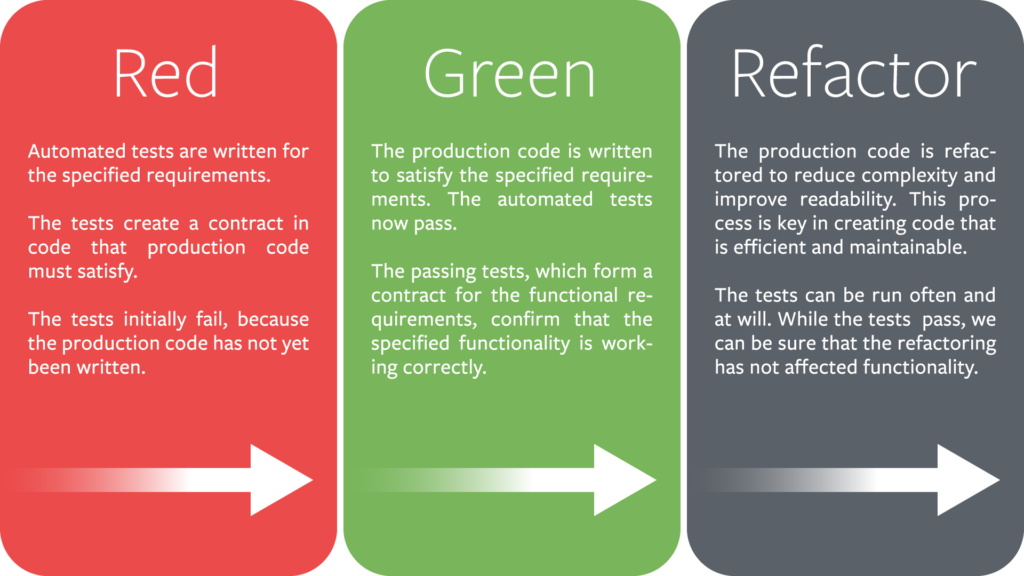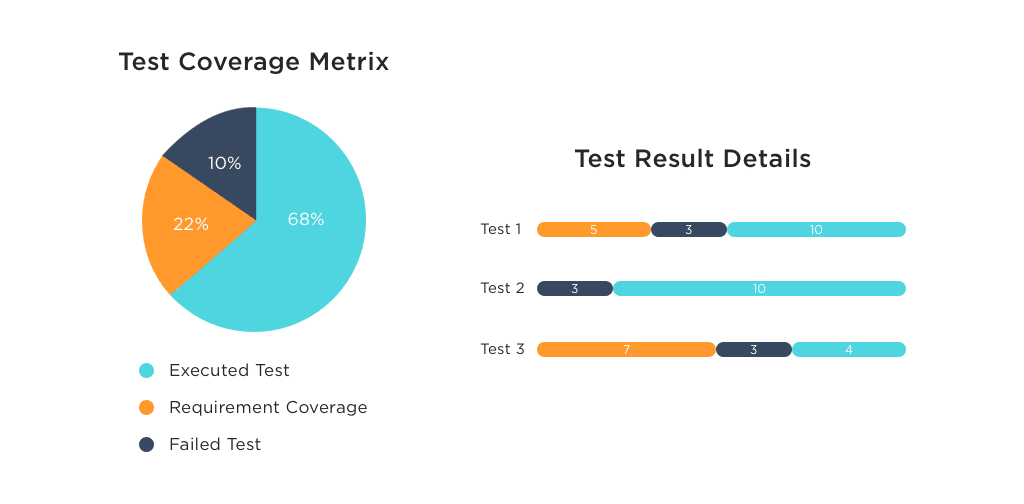Buckle up, fellow developers! We’re about to embark on an exhilarating journey into the world of Test-Driven Development (TDD). This creative and quirky approach to software development is all about writing tests before writing code. In this article, we’ll dive into the best practices of TDD, unveiling the secrets to building robust, bug-free software while keeping our sanity intact. Get ready to flex those coding muscles!
Contents
1. Red, Green, Refactor
In the first step of the dance, developers write a failing test. This test represents a specific requirement or functionality that needs to be implemented in the code. The purpose of the red step is to clearly define what needs to be accomplished and to provide a measurable criterion for success. By starting with a failing test, developers ensure that they are not simply “assuming” the code will work as expected. Once the failing test is in place, developers move on to the green step. Here, the focus is on writing the minimum amount of code required to make the failing test pass.
The goal is to create the simplest solution that fulfills the desired functionality. After successfully making the failing test pass, it’s time for the refactor step. This phase involves improving the code’s design, structure, and efficiency while ensuring that the tests continue to pass. Refactoring is a vital aspect of TDD as it allows developers to enhance the quality of the code without introducing new functionality or breaking existing features.
2. Crafting Effective Tests
Effective tests should exhibit clarity and simplicity. They should be easy to read, understand, and maintain. One key aspect of achieving clarity is through the use of clear and descriptive names for test cases. A well-named test case provides a clear indication of what behavior or functionality it is testing. It helps both developers and other stakeholders in comprehending the purpose and intent of the test. Additionally, effective tests avoid unnecessary complexity. Tests should focus on verifying the behavior of specific units or components in isolation. This means keeping the test logic concise and avoiding convoluted or intricate test setups. Simple and straightforward tests are easier to maintain, understand, and troubleshoot.
To ensure reliable and independent tests, it’s crucial to isolate each test case. Test isolation means that each test should be self-contained and not rely on the state or results of other tests. This allows for greater test independence, reducing the chances of false positives or false negatives. Isolated tests improve the overall test suite’s resilience and make it easier to pinpoint and fix issues when failures occur. It also enables parallel test execution, where multiple tests can run simultaneously without interference.
3. Test Coverage and Test Quality
Crafting effective tests involves striking a balance between test coverage and test quality. Test coverage refers to the extent to which the code is exercised by tests. While comprehensive test coverage is desirable, it’s equally important to prioritize test quality over sheer quantity.
High-quality tests focus on critical scenarios, edge cases, and potential failure points. They target the most significant aspects of the codebase to ensure thorough validation. Effective tests have clear expectations and are designed to provide meaningful assertions that verify the correctness of the code. They are robust, reliable, and resistant to false positives or false negatives.
Quality tests also exhibit maintainability, allowing developers to update them easily when the code changes without requiring extensive modifications. They serve as a safety net, providing confidence in the stability of the codebase and acting as documentation for future reference.
4. Embracing Refactoring
Refactoring is the secret sauce that keeps your codebase healthy and maintainable. TDD provides a safety net, allowing you to refactor fearlessly while ensuring that your tests catch any regressions. Refactoring should be an ongoing practice. As you add new features or make changes, take the opportunity to refactor existing code, enhancing its design, readability, and performance.
The Takeaway
With the power of Test-Driven Development, developers can embark on a coding adventure like never before. By following the best practices of TDD, we can craft robust software that stands the test of time. From the red-green-refactor dance to crafting effective tests and embracing refactoring, TDD empowers us to create elegant code while maintaining our sanity. So, grab your favorite beverage, fire up your IDE, and let TDD guide you to coding nirvana!



